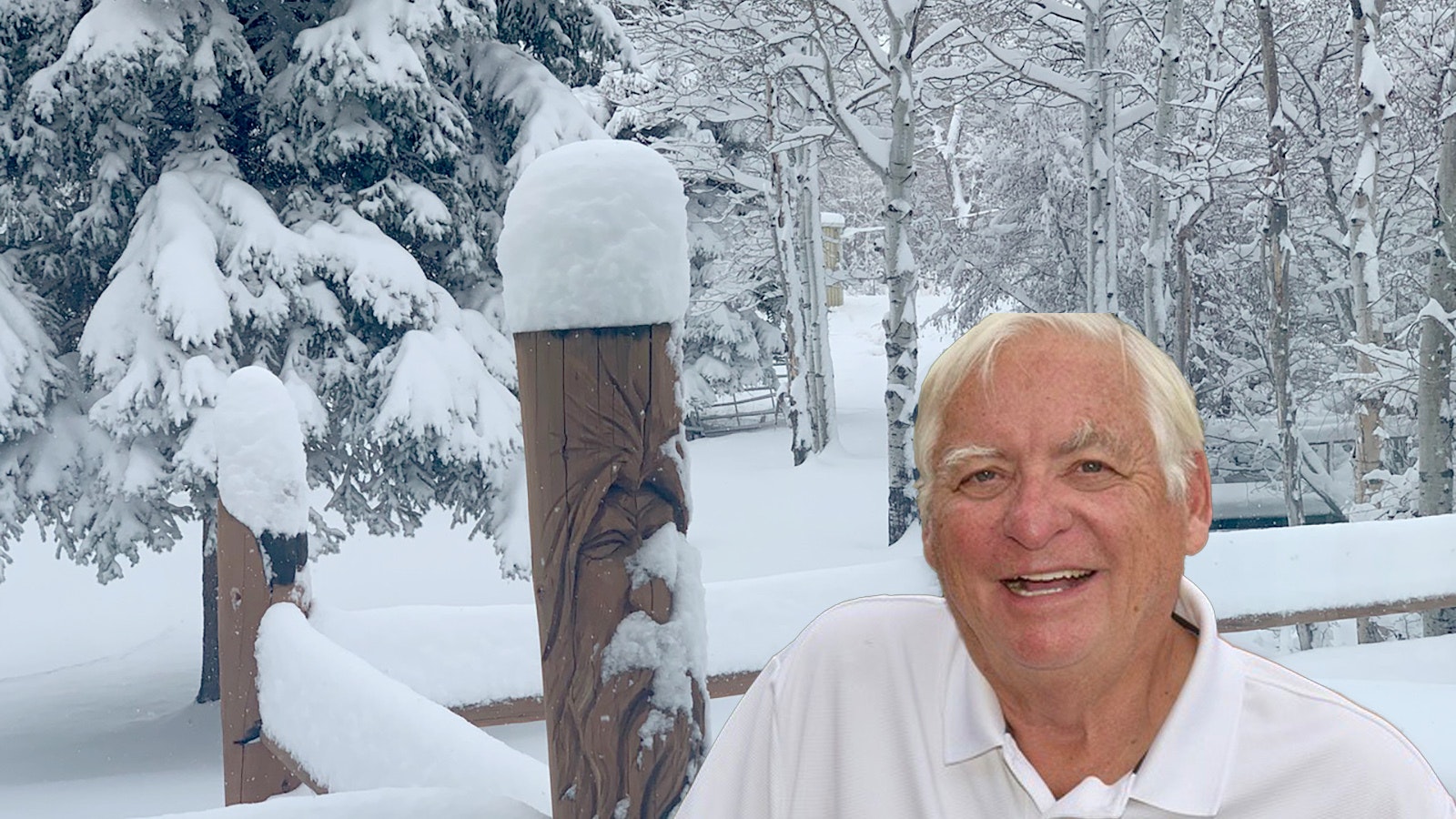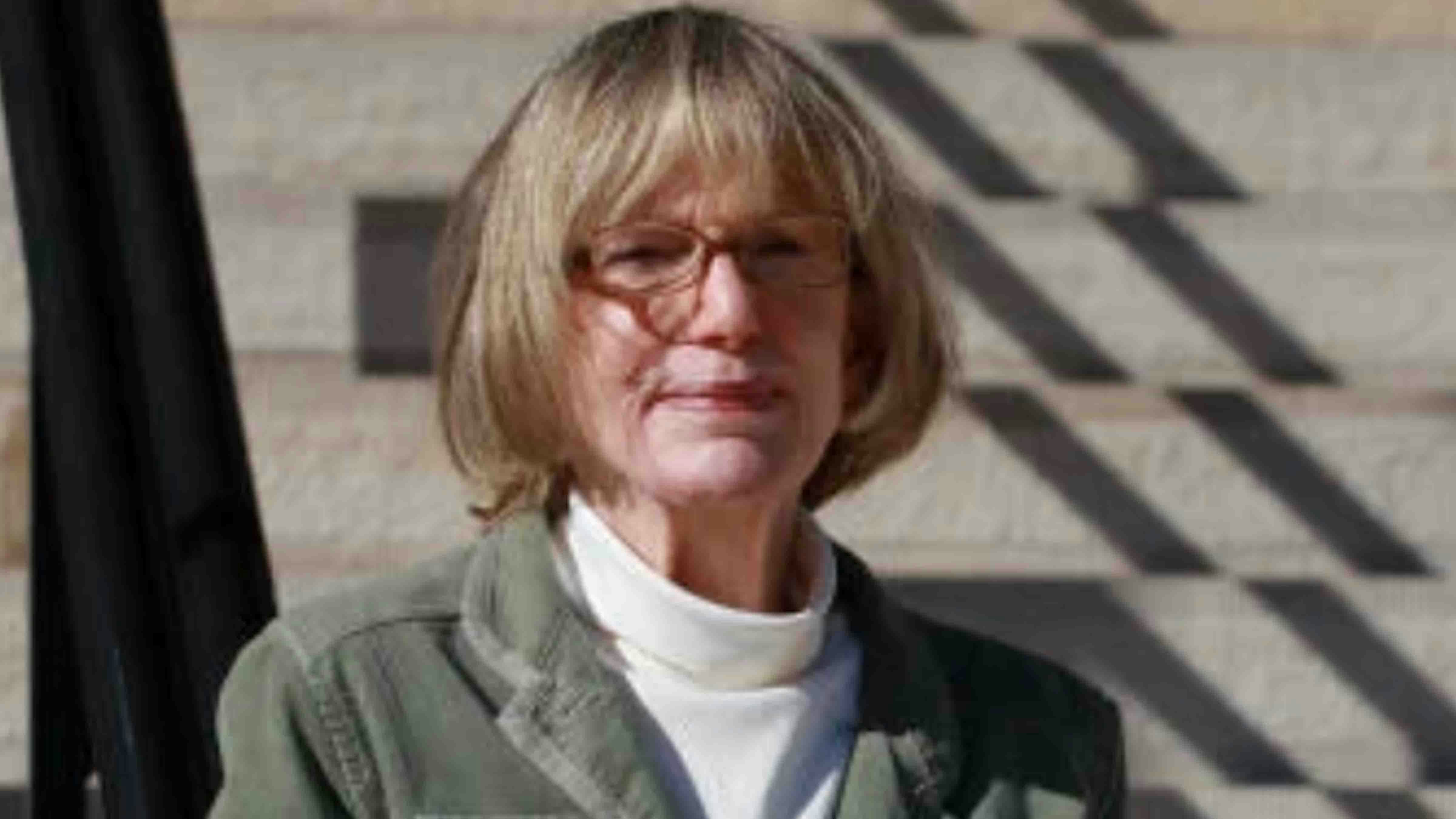Is it the wind? Maybe it is bad government policies? Could it be big distances between towns and cities? Lack of universities?
Why does Wyoming lack a small city of significant population?
You would think it would be hard for a small city like Cheyenne or Casper to grow rapidly when it is located out on the frontier and is somewhat isolated, right?
Well, not always.
In recent weeks, I was in a little desert town called Bullhead City, Arizona. It was just a spot in the road in 1960 with a population of 1,373. Today it is about 45,000.
Boise And Anchorage
This thought about city growth first occurred to me while traveling through Boise 10 years ago, which today has a population of about 795,000 in the five-county area surrounding it — communities like Nampa-Caldwell-Ontario. Boise itself is about 235,000. Most recently while visiting Anchorage, with its almost 285,000 population in the city and 400,000 for its metro area, this question again came into my mind.
I have written about this mystery before.
And some recent comments by new Cowboy State Daily Columnist Tom Lubnau of Gillette spurred these updated thoughts from me. He was writing about trends in school populations, which to me directly corresponds to why some places grow and some do not.
Our largest cities, Casper and Cheyenne, are wonderful places. Both were similar in size to Anchorage and Boise 60 years ago. It’s not even close today.
It might be easy to conclude that there were unique things that contributed to the growth of Anchorage and Boise. But what? And why? They are isolated places in frontier-like states just like Wyoming.
One thing I noticed about both places is the obvious signs that big corporations are based there. Years ago, big oil companies had a large presence in Casper. Also years ago, United Airlines had its headquarters in Cheyenne. But those companies moved on.
Anchorage grew because of the energy explosion in that state. But has not Wyoming seen the exact same thing here over the past 60 years?
It is also significant to note the difference in the ages of the populations of Alaska and Wyoming. While we are about the middle of the pack for median age, Alaska is the second youngest behind only Texas.
Today, Casper and Cheyenne are 60,000 and 70,000 in their greater population areas, but still tiny compared with Anchorage and Boise.
No Complaints Here
Before going farther, I admit that I am comfortable with our small population and am not yearning for big increases. But it seems odd that somehow Wyoming has avoided developing that one major-sized city that would be an economic incubator for the state.
The statistics of some other neighboring small cities are even more interesting.
In 1960, Fort Collins was a little city, as was Rapid City. Today, they are 170,000 and 83,000, respectively. Four other Colorado cities that were just little towns 60 years ago include Longmont (now 100,000), Loveland (78,000), Grand Junction (68,000) and Brighton (40,000).
Over 60 years, the growth of Casper from 38,665 to 58,763 and Cheyenne’s growth from 43,380 to 65,035 are quite respectable. But neither showed the explosive growth of these other regional cities. Billings, for example, doubled from 52,249 to 117,000. Bozeman was just 13,361 in 1960 and today is 53,000.
Over in South Dakota, Sioux Falls is now 192,517. In 1960 it was 98,946
When I asked Lubnau his thoughts on this he said, “I wish I could answer the causes. One person commenting on Facebook said Wyoming’s best economic development is being a haven from blue states. That may be true, but those folks, as a group, don’t want to pay taxes, develop infrastructure or build a state.”
OK, Why The Slow Growth?
Here are comments from some other Wyoming leaders on this situation:
Sheridan’s Kim Love says: “When you are looking at these other cities, you probably need to consider certain factors that affect each situation. As far as Sioux Falls is concerned, when South Dakota changed its banking laws a couple of decades ago, to be able to attract the Citicorp credit card business, that had a significant impact. I can’t think of anything similar taking place in Wyoming.
“In addition, Sioux Falls is close to the Minnesota border, so can capitalize on that. As far as Bullhead City is concerned, I think it benefits significantly from being a bedroom community for the casinos just across the river in Laughlin.
“The Colorado cities you mentioned benefit from the cost of living in Boulder and Denver. I have a friend who has his business in Boulder but lives in Longmont.
“I’m guessing some of Cheyenne’s growth has resulted from its proximity to the front range. As places like Fort Collins become more crowded and expensive, Cheyenne looks more attractive.
“As far as Wyoming is concerned, I think there is a dearth of venture capital available for start-ups in Wyoming.
“Wyoming suffers from poor political leadership more focused on nostalgia, looking at the past, and hot button political issues affecting almost no one, than what is needed to move Wyoming forward in the 21st century.”
Pinedale’s Dave Bell writes succinctly: “Weather. Weather. Weather. Isolation. Isolation. Isolation. Service Economy. Service Economy. Service Economy.”
Look At Our Towns Like A Visitor
Worland native Debbie Hammons writes: “Communities that were ready for tourism through the amenities they offered and the way they looked also were appealing to businesses to move there. I’ve certainly witnessed that here in Colorado. Both businesses and people move here because they first experienced it on a vacation or heard about it as an appealing place to visit. Businesses go where they want to live and where they can find workers. Modern workers move to where they want to live.
“Drive into your towns and see them with the eyes of an outsider. Walk around your downtowns and see them with the eyes of an outsider. Walk into your restaurants - how are you treated? Would you want to move there if you didn’t already live there?”
Former Gillette Mayor Tom Murphy offered: “Who has controlled our legislative agenda forever may be a place to look — the Ag community likes things just the way they are.
“Probably the biggest reason is the expanse of our state. Infrastructure is expensive! Cities in Wyoming are located 100-plus miles from each other due to the limits of those early-day steam railroad engines. Building infrastructure is easier when it’s planned and done incrementally.
Our 20-Year Bust
My personal theory is that both Cheyenne and Casper do have weather considerations that come into play.
Also, Wyoming is both the windiest state in America and has the second highest average elevation of any state. It is high and cold here.
But the biggest reason for the lack of major growth was the 20-year bust that Wyoming endured from 1982 to 2002. Wyoming truly languished during this bleak period with a “make do, get by” survivor attitude.
We lost our momentum and it’s been difficult all these years later to get it back.
Bill Sniffin can be reached at: Bill@CowboyStateDaily.com





